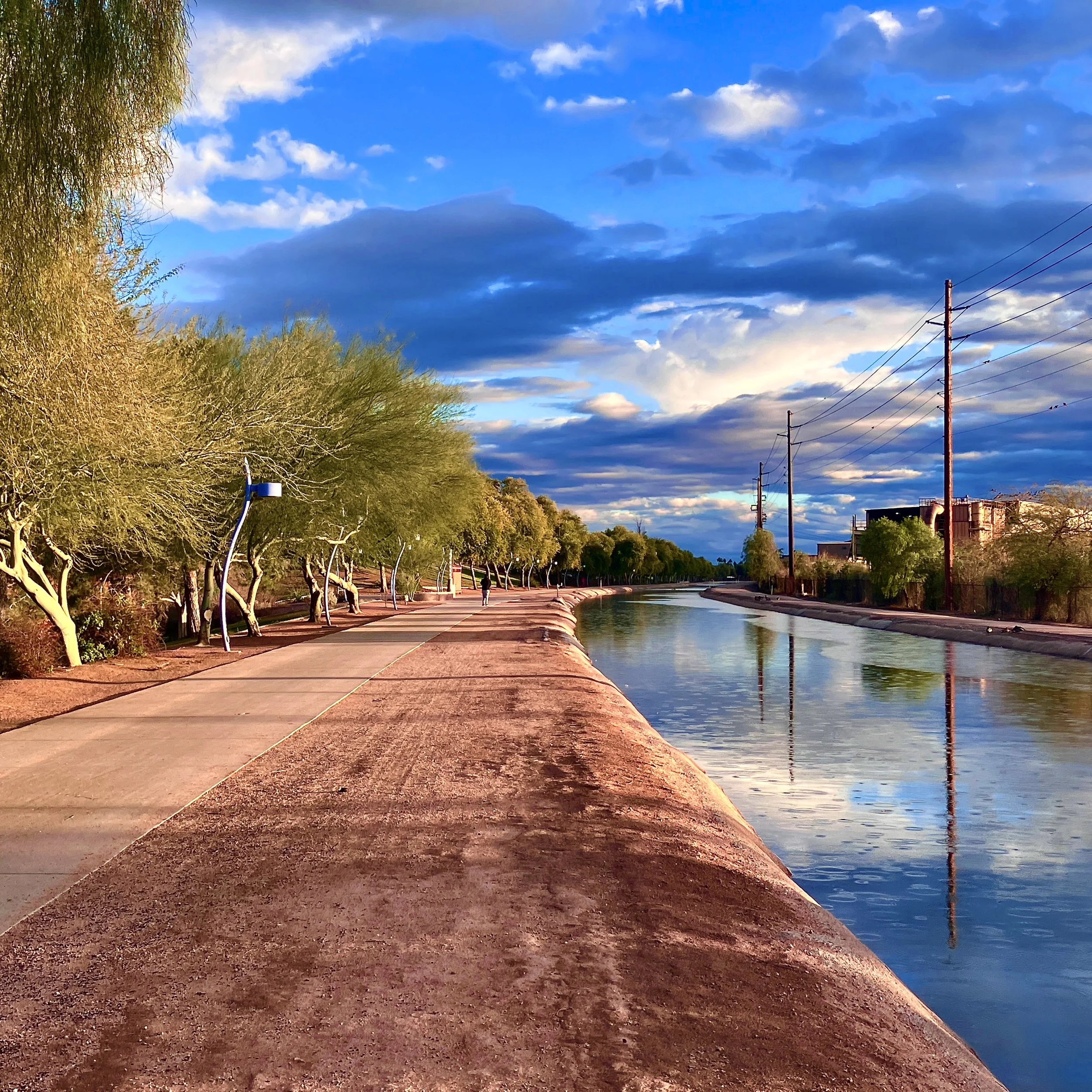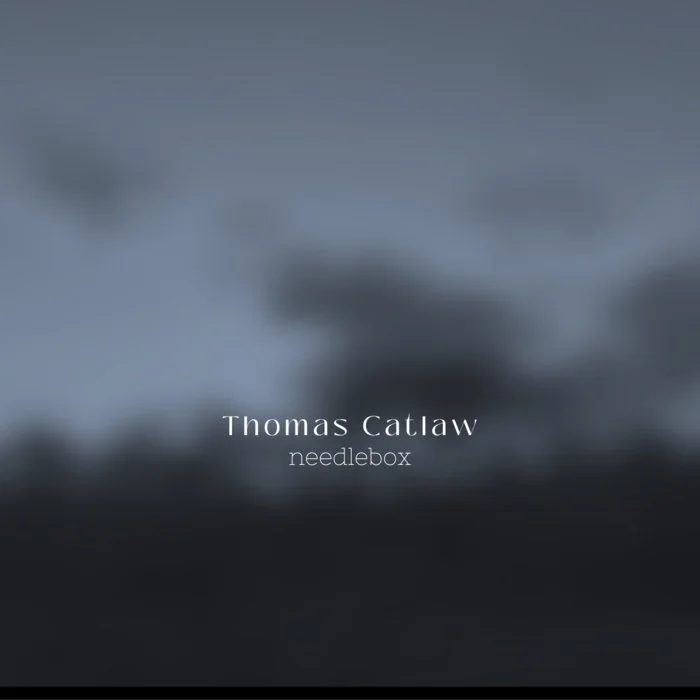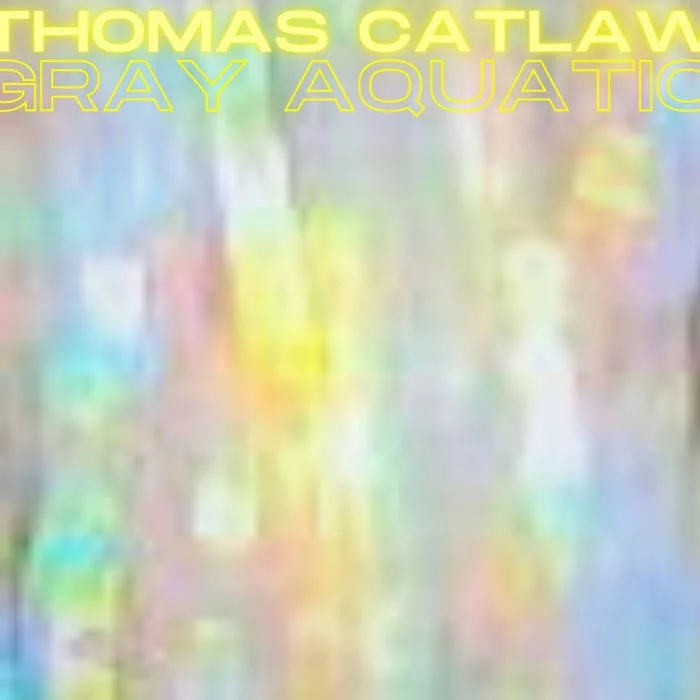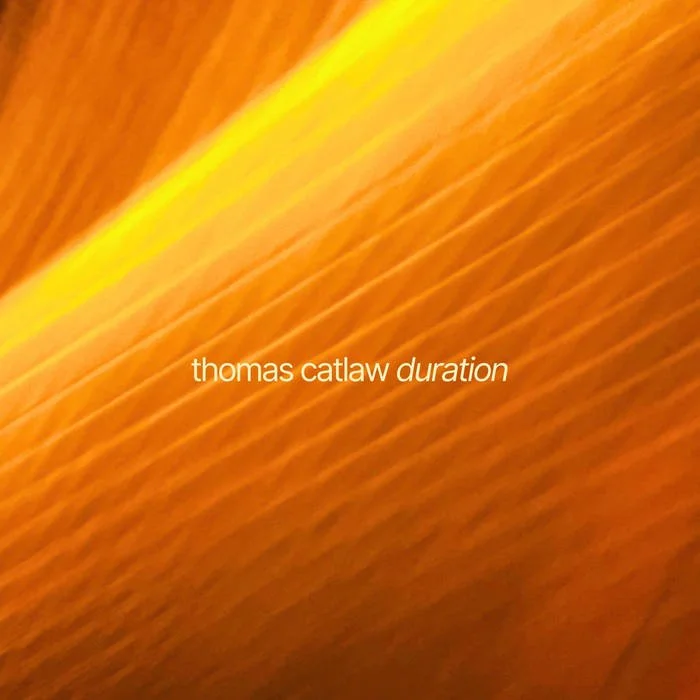Sound Art Compositions
-
Deserts are places of tensions and extremes. Urban environments that grow up within them assume many of these and invent still others.
Composed primarily from several years of field recordings, soundsketches of a desert suburb tells a story, sonically, of a day in the life of a suburb in Arizona’s Sonoran Desert. The piece consists of connected soundsketches of four places central to the life of the city of Tempe in metropolitan Phoenix. In these spaces, the forces of nature and urbanization fuse to create soundscapes at once both beautiful and brutal, isolated and connected, concretized and full of dynamic, resilient life. Water, long vanished from its original surfaces, re-emerges everywhere in paradoxical human-made forms. These four pieces are “soundsketches” because they are partial, unfinished, and impressionistic, sonic mosaics of these invented settings. So many more stories could be told, so many other voices—human and non-human—could be heard.*To be broadcast as part of the Radiophrenia Sound Art Festival, Scotland, in April 2025
-
After meeting at a field recording seminar in the French Pyrenees this past summer, Austria sound artist Evamaria Muller and I decided to engage in an artistic dialogue via sound over distance. Over several months, we exchanged emails between Arizona and Vienna, between heat waves and floods, adding layer after layer to the compost soundscape, accompanied by thoughts and memories linked to the sounds of their changing environment and developing composition.
“Compost X” is a soundscape of this unsettled, liminal moment in the Earth’s history.“Compost” names a multi-species collaborative hope that as natural, social, and political systems breakdown these elements may serve as the nutrients and raw material for a better future. “X” references the strange, damaged Area X from Jeff Vandermeer’s Southern Reach Trilogy. "Nature” is transforming Area X and itself being transformed as it reclaims the space. In our piece, sounds from beyond the human world—bats, insects, birds—and the constructed human world—trash cans, water infrastructure, airplanes—are composted layer by layer in a mash of ocean, river, desert, and mountain geographies.
Broadcast on “Ears Have Eyes” sound art radio program, Canada, 12/11/24
-
This is a sound art composition derived from field recordings made as part of an ongoing project along Arizona's Verde River. While the recordings originate in the rich, riparian setting along the Lower Verde, in this composition, I do not emphasize "water sounds." Rather I extract a discrete set of frequencies that bring out other elements of the setting. In turn, a new, unexpected soundscape emerges. Yet it is one that, I think, still evokes familiar aspects of this often volatile terrain.
-
This a sound art composition generated from field recordings made in December 2022. The title "gray aquatic" points to the ordinary, "gray" sources of the recordings--outdoor faucets, hoses, and cans. One of the remarkable things about working with field recordings is the experience of becoming attuned to sounds and aural textures that generally are unavailable to us. Working with these recordings as materials for sonic composition further amplifies their subtleties and dynamics, and opens horizons of perception that, ironically, exceed the habitual and everyday--the gray.
-
This piece began similarly to “Gray Aquatic”: as field recordings of domestic, water related sources. In this case, condenser microphones, geophones, contact microphones, and hydrophones were used to record various elements of a pool pump and cleaning system. As I worked with the material, I was struck by the different temporal feels that the different sources and microphones hinted at. Some felt like mechanistic clock time; others suggested a much slower, temporal horizon. As I manipulated and played with the sounds further, grander geological or cosmological frames were evoked. Initially, then, the piece emerged as a kind of imagined contest between machine and geological times. But as I worked on it, surprises continued to appear that undermined this approach and suggested a more complex interplay and simultaneity of temporalities.
I came to reflect anew on French philosopher Henri Bergson’s idea of duration; and, ultimately, this lent the current piece its title. For Bergson, duration is “qualitative multiplicity” that names the experience of the continuity or wholeness of time; a view in contrast to that of time as a series of discrete, quantifiable instants or nows, a spatialized formulation he attributes to science. Bergson also famously used listening to the music in an orchestra as an example of duration.




